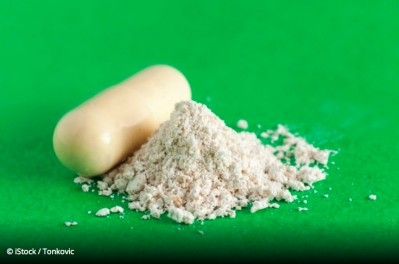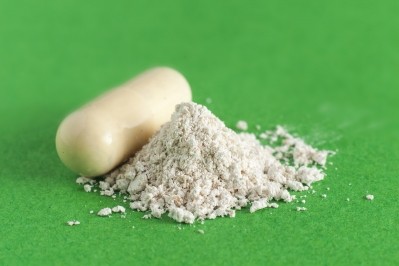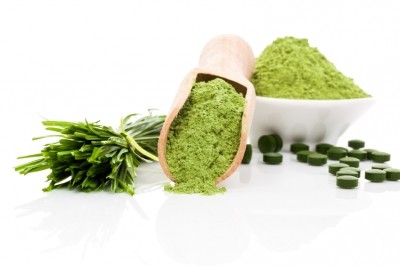Continuing confusion over herbal supplement contents points to need for premarket notification, expert asserts
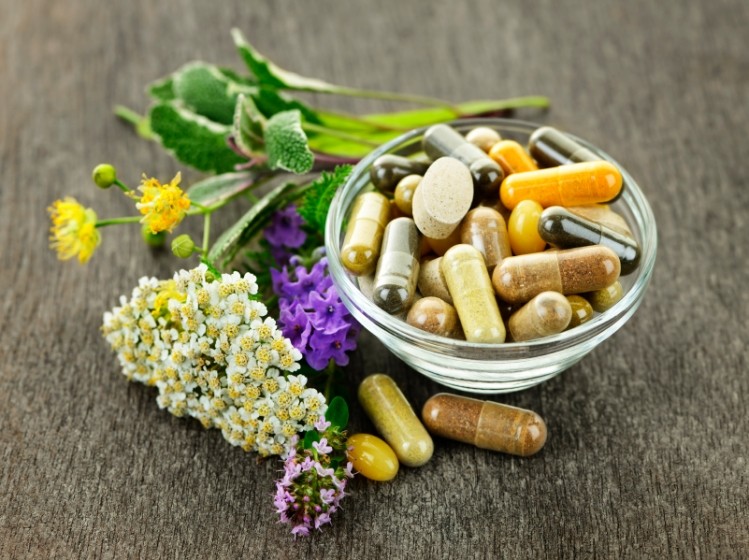
Schneiderman's long shadow
Much of the discussions at the 15th Annual Oxford Conference on the Science and Regulation of Botanicals held this week centered on how the actions of New York Attorney General Eric Schneiderman have changed the game. One of the sessions, moderated by Rick Kingston, a professor of clinical professor at the University of Minnesota’s College of Pharmacy, discussed setting up a new paradigm for the safety and quality of dietary supplements. A new paradigm might be needed, but the safety questions facing the industry aren’t new, Kingston said.
“As I’ve watched this industry mature over the years it’s interesting to get a different perspective of what’s gone well, what has not gone well and what could be improved,” said Kingston, who is also the president of regulatory and scientific affairs at SafetyCall International. “Joe Betz [of the Office of Dietary Supplements within the National Institutes of Health] has a talk about the safety issues facing the industry and he hasn’t changed it in twenty years.”
But Kingston said the massive publicity surrounding the still unfolding NY AG affair has changed the conversation in a profound way. Many respected academics and clinicians who didn’t know a whole lot about dietary supplements in the past now think they know more, but they got their information from Eric Schneiderman.
“It’s amazing to me how little my colleagues in pharmacy know about the dietary supplements industry and how little they know about the regulations and how supplements get to market,” Kingston said.
“As a clinician I teach an elective course on supplements, which is often the only information young pharmacists at Minnesota get on these products. My course recently underwent a periodic review for academic accreditation and the committee’s first question was about the New York issue and how bad all these products are. I had to kind of talk them off of the ledge,” he said.
Complexity of product range
The complexity of the supplement products that include botanical constituents is something that industry insiders are familiar and comfortable with. But its a perplexing factor for health professionals trying to assess the risk these products might represent. For example, just deciding what to call these products and what products should be grouped together when dealing with them in a data set can be a challenge and can color the conclusions that can be drawn from that data. Active pharmaceutical ingredients, after all, get named at the outset of their development, with the structure of the molecule, the dosage forms and all of the safety and efficacy information pertaining to it being tagged to the same name, so there is little if any disagreement about what’s what. A liver injury event associated with acetaminophen, for example, is a pretty straightforward piece of data. Not so with botanicals, which can go by various names, both scientific and common, and can be presented in a wide array of dosage forms and concentrations in products appearing on the shelf.
This led a team led by Dr Victor Navarro, MD, to coin the term “Herbal Dietary Supplements” (HDS) when assessing the risk of these products as they assembled case reports for the NIH-funded US Drug Induced Liver Injury Network (DILIN). Navarro, who is the medical director for liver transplantation at the Einstein Health Network in Philadelphia, has been developing the DILIN data set for several years. Grouping supplements in this way has led Navarro, who also participated in the panel chaired by Kingston, to conclude that HDS present a not insignificant risk of liver injury. Of 899 case reports in the data base, Navarro’s team attributed 145 of them to HDS, the second biggest single category.
Rising risk
While careful to point out that his study is not a population-based study, Navarro did say, “The proportion of liver injury cases attributable to dietary supplements is increasing.” He want on to say that a study from Iceland, which was a population-based study, confirms this finding.
Navarro said the HDS moniker includes a variety of products and admits that the framework could benefit from further refinement. In livery injury data from 2013, for example, among 262 HDS consumed by 136 patients, 30% were bodybuilding products and 19% were weight loss. Navarro’s team grouped other products among categories such as depression, sexual performance, GI upset, immune support, joint support, Chinese herbs and miscellaneous, which turns out to be the single biggest category, hence the need for refinement.
Industry insiders might take issue with some of the assumptions embedded within Navarro’s approach. For one thing, many of the “herbal” bodybuilding products are botanical in name only, and may often be spiked with various steroids. And many suspect weight loss products, which might contain herbal constituents, might also be tainted with the API sibutramine. Navarro did say that the typical liver injury case with bodybuilding products presents in almost textbook fashion: young, male and noticeably yellow, and bears all the hallmarks of steroid abuse.
“You can see these cases coming from a mile away,” he said.
So is it really fair (or scientifically defensible) to attribute these cases to a risk presented by “herbs” when the real culprit is quite probably an undeclared active pharmaceutical ingredient (API)? Even leaving that issue aside, Kingston pointed out that another way to view Navarro’s data set is that rather than citing HDS as the second biggest category, one could say that they represent fewer than 20% of the cases cited in the database, as all the other cases are tagged either to a lone API or a well-defined category of APIs.
Unifying the information
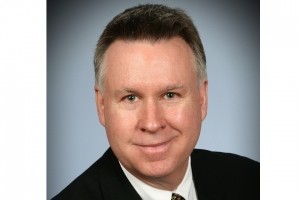
Nevertheless, Kingston said he was sympathetic with Navarro’s plight. Navarro, after all, is attempting to identify the risks that lead to significant liver injuries and can result in the need for a transplant or even in death. It’s not his job to sort out the supplement industry’s problems. His grouping of supplements, while imperfect, is a way to wrap at least some kind of number around the risk presented by HDS.
Kingston said Navarro’s difficulty dealing with HDS within the context of the DILIN points to a key vulnerability in how supplements are regulated and marketed in the US. Navarro said that it can be difficult to determine what’s actually in the products from looking at the labels and that publicly accessible data sets aren’t yet fully up to the task. Kingston said perhaps it’s time to swallow a pill that the industry has long resisted. SafetyCall deals with product recalls and adverse event reporting in a wide variety of industries, giving him a unique perspective.
“The dietary supplement industry has the lowest incidence rate of all the markets that I serve. The ingredients have a wide margin of safety, which I think allows some manufacturers to slide on the quality a bit,” Kingston said.
“If you do have an adverse event, trying to find information on that supplement if it is not a mainstream company with a well developed website can be a nightmare. There is no single compendium of ingredients or products. You can have different ingredients arising from the same plant genus. There is confusion over seals of approval.
“If I were to change something about DSHEA, I’d consider having some sort of pre-market notification of products. I know that’s not something people like to hear, but we have that in almost every other category of consumer products,” he said.
